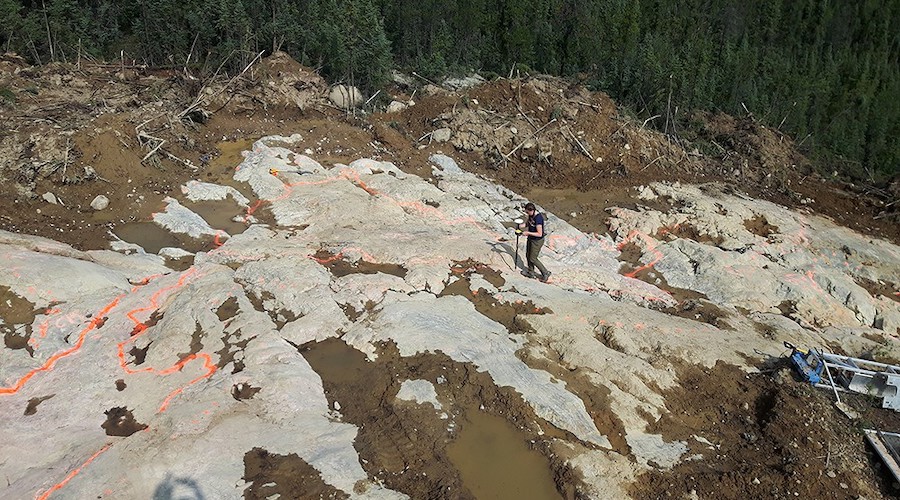Appia Energy confirms high-grade mineralization at REE property in Saskatchewan

Appia Energy (CSE: API) announced the lithogeochemical assays from the diamond drilling program completed on the company’s Alces Lake property confirmed high-grade rare earth element, gallium and uranium mineralization.
Alces Lake is a 14,334-hectare property located north of Lake Athabasca and the Athabasca Basin in the Canadian province of Saskatchewan. Last year, Appia Energy completed 2,506.8 metres in 18 drill holes, with 15 of those drill holes intersecting the REE minerals system.
In 2020, Appia Energy completed 2,506.8 metres in 18 drill holes, with 15 of those drill holes intersecting the property’s REE minerals system
The miner reported that best results were obtained at drill hole RI-20-004 in the Richard zone, with 6.546 wt% total rare earth oxide and 0.016 wt% gallium oxide over 5.80 metres core length starting at 7.60 metres downhole depth; at drill hole RI-20-005 also in the Richard zone, with 5.268 wt% total rare earth oxide and 0.014 wt% gallium oxide over 1.10 metres core length starting at 9.80 metres downhole depth; and at drill hole HN-20-001 in the Hinge zone, with three separate uranium intersections between 265.5 and 308.05 metres drill hole depth, which could indicate potential for uranium mineralization on the property that is unrelated to the system.
“We are very happy with the assay results of the program as they’ve confirmed our visual assessments of the drill core,” James Sykes, VP of exploration and development at Appia, said in a media statement. “
The Richard zone drill holes (RI-20-004 and RI-20-005) have confirmed that high-grade mineralization with grades consistently over 8 wt% TREO have been intersected over 145 m strike length along the WRCB zone (Wilson, Richard, Charles and Bell zones combined). The WRCB zone outcrops at surface and starts as shallow as 10 m beneath the surface, representing an easily accessible high-grade monazite asset.”
Sykes highlighted the fact that the assay results have also proven that REE mineralization occurs within multiple sub-parallel trends of the property’s system over 875 metres strike length and down to 340 metres vertical depth.
“Both parameters are defined by our drilling limits. These parameters prove the system is large and extensive and is expected to grow with more exploration and diamond drilling efforts,” the executive said.
More News
Trump planning to stockpile deep-sea minerals to counter China: FT
April 13, 2025 | 07:56 am
Goldman Sachs upgrades gold forecast again to $3,700
April 12, 2025 | 08:05 pm
{{ commodity.name }}
{{ post.title }}
{{ post.date }}




Comments